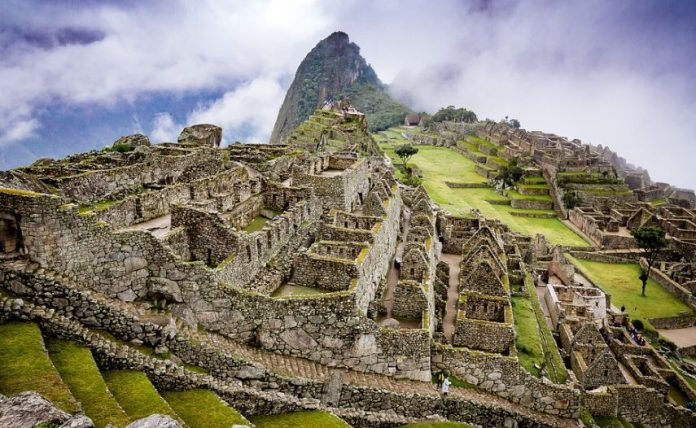The newcomers from Mongolia that had arrived by way of the Bering Strait were men of the Early Stone Age. Their only tools and weapons were stones they picked up from the streams and hills that seemed to fit the use they intended.
They soon learned to chip the edges with other stones to sharpen and shape them into a more usable form. They knew little of the comforts of life. It was cold and they were hungry more often than not. They had little or no domestication as we would think of it today.
They had developed a language, however, and they learned how to make fire by rubbing two sticks of wood together.
As they came across volcanic glass rock known as Obsidian, they invented spears by chipping the obsidian flint into sharp points and attaching them to straight sticks, cut from small trees or branches.
They also learned to weave coarse fibers into nets for fishing and had learned how to make canoes. Moreover, they had tamed the dog for companionship and as a help in hunting.
With this meager store of knowledge, these ancient Americans lived for centuries just like the men of the Early Stone Age in Europe.
As they hunted constantly for the food they moved about the country following the herds of antelope and bison who wandered from place to place in search of graze.
The people lived under the trees, in caves or crude shelters, feasting when the hunting was good and grimly knowing hunger even to starvation when no animals were to be found.
In time the land grew colder. The summers were shorter and the winters longer. The sun was hidden by dense black clouds; sleet and snow fell constantly; enormous glaciers of clear green ice formed and moved relentlessly southward. America was in the grips of another ice age!
This was the fourth time that ice had covered most of America, but in the beginning, when the land had first appeared from beneath the seas, America had been warm and tropical.
Huge plants with wide-spreading leaves grew to enormous heights. Geological evidence shows that even some of the mosses were fifty to seventy feet tall; ferns grew as far north as Greenland, and what is now Wyoming was thick with giant palm trees.
In these early days, a land bridge tied America to Asia across the Bering Sea, and in the North Atlantic, another landmass connected Labrador with Greenland and Europe.
Unusual and strange animals freely passed back and forth across the continents. On the muddy banks of the rivers of Wyoming lived an animal twenty-five feet long, called the Stegosaur or Plated Lizard.
Enormous dinosaurs, measuring some sixty-five feet lived in the moist regions of Arizona and Montana; and elephant-like mammoths lived in Florida. Great saber-toothed tigers roamed the land as did woolly rhinoceroses, and there were many fierce cave bears.
Besides these huge beasts were a small sheep with three toes on each foot. This has been considered the ancestor of our modern horse. There were also llamas or giraffe-camels, tapirs, and beavers.
These and many other strange animals lived in America in their earliest day. However, each time there was an ice age; many died or moved back across the land bridges to other continents.
First to leave were the vast herd of ‘wild horses’, camels, and the smaller elephants.
Later the land bridges to Asia and Europe would be broken, and America would be cut off from those lands.
It was some time before the fourth and last Ice Age, that the Mongoloid men came from Asia to America, and while slowly moving southward into what is now New Mexico, a band of prehistoric hunters surrounded a herd of bison.
Thirty were killed with flint spears, stripped of flesh, and the bones left lying in a heap. As the glaciers crept southward, these bones were covered and remained to tell modern explorers that men were living in America more than twenty thousand years ago!

